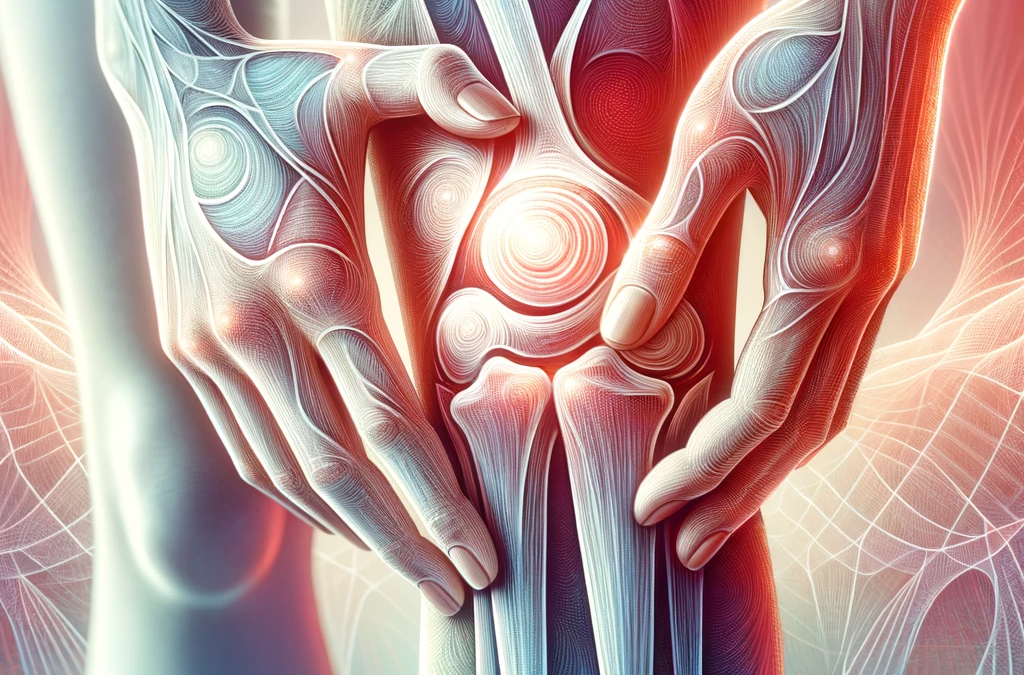Arthritis, a condition affecting millions globally, is characterized by joint pain, stiffness, and inflammation, significantly reducing quality of life. While no known cure exists, various approaches are employed to alleviate symptoms, with Pulsed Electromagnetic Field (PEMF) therapy emerging as a promising solution.
Understanding PEMF Therapy
PEMF therapy utilizes electromagnetic fields to stimulate the body’s natural healing processes. This innovative approach has shown potential in addressing the debilitating symptoms of arthritis.
Key Benefits of PEMF Therapy for Arthritis
- Cellular Rejuvenation: PEMF therapy delivers electromagnetic pulses to the affected areas, deeply penetrating tissues to promote cellular repair and regeneration.
- Inflammation Reduction: A significant contributor to arthritis pain, inflammation can be effectively reduced by PEMF therapy, influencing cellular processes within the inflammatory response.
- Improved Range of Motion: Regular use of PEMF therapy enhances joint mobility, facilitating more comfortable movement for individuals with arthritis.
- Non-Invasive Approach: PEMF therapy offers a treatment option free from the risks of surgery or side effects of medication.
- Pain Management: By enhancing blood flow and reducing inflammation, PEMF therapy alleviates the pain and stiffness commonly associated with arthritis.
- Complementary Treatment: PEMF therapy can be integrated with other treatments and therapies, often enhancing their effectiveness.

Scientific Backing and FDA Approval
Research has shown PEMF therapy’s efficacy in reducing pain and inflammation, promoting joint rehabilitation, and increasing mobility. Studies highlight its role in promoting bone growth and repair, especially beneficial for conditions like osteoarthritis and rheumatoid arthritis (RA). The FDA has approved magnetic therapy using PEMF for specific conditions, including non-healing fractures and post-operative pain and edema in superficial soft tissues. Clinical studies have demonstrated its safety and efficacy in managing knee osteoarthritis, particularly in elderly patients. Moreover, PEMF has been reported to alleviate RA’s inflammatory response, with studies indicating its effectiveness in reducing paw inflammation in a murine model.
Conclusion
PEMF therapy stands as a natural, non-invasive, and promising approach to managing arthritis symptoms. It offers a spectrum of benefits, from reducing pain and inflammation to enhancing joint mobility and complementing other treatments. As research continues to evolve, PEMF therapy’s role in arthritis management becomes increasingly significant.
For more information on PEMF therapy and its specific applications for arthritis, including the latest Rife frequency release on the PEMF Healing App, interested individuals can contact [email protected] for insights and success testimonials.

